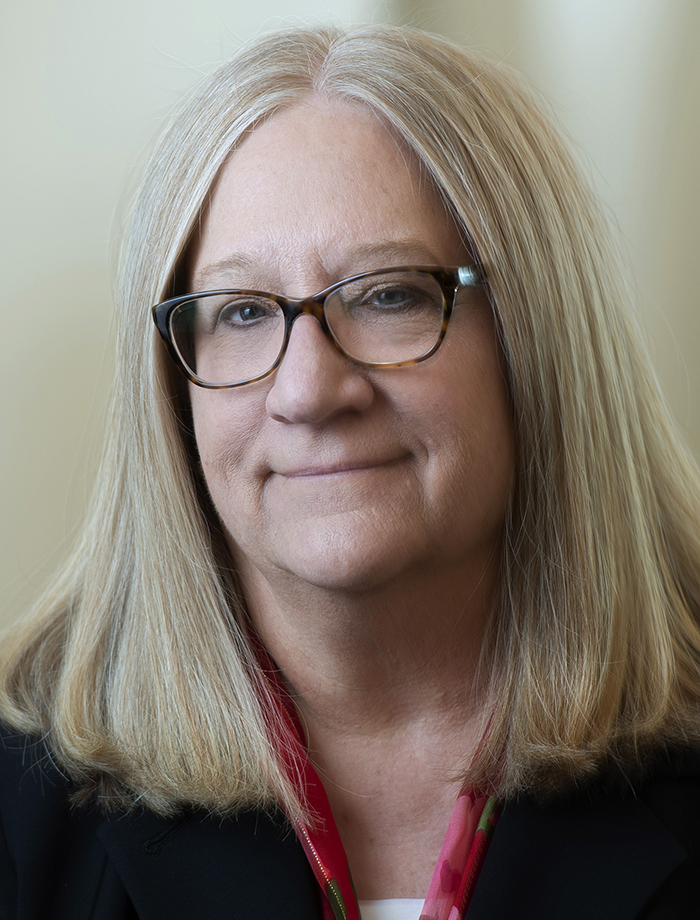The mental health of children and youth has been negatively impacted during the pandemic. We observed missed developmental milestones, isolation, hunger, unstable housing, grief, ambiguous loss, and lost connections to adults. Simply put, it was a really hard time and many youth had nothing in their “toolbox” to help get them through this time. Rates of depression, anxiety and suicidal ideation are up. A very recent study found an increase in suicides.
Right now, we see an already fragile system not being able to respond to the increased needs due to staffing shortages and loss of funding. Children not being present due to exposure, contracting COVID, etc. meant lost opportunities to bill for services. Many mental health providers lost funding during the pandemic, and many had to reduce capacity because they couldn’t attract staff.
When our children need us the most, we can’t respond. Children are boarding in the emergency room departments for days or weeks. The wait times for residential treatment are often more than three months. They face long waiting lists for day treatment or outpatient. Families are desperate to find services and treatment but there are no openings. Some parents have faced the child protection system when they couldn’t take their child home from the hospital because of the child’s symptoms – and the wait times to qualify for in-home services or obtain TEFRA are many months. There are no options.
While we can’t address the incredible demand immediately, there are several proposals moving through the legislature that may help in the near future. There are several proposals to address the workforce shortage, particularly for culturally diverse populations and rural areas. This includes providing supervision virtually, providing free supervision, creating a program to pay for people in the field to go to graduate school, funding culturally specific organizations and increasing the funding for loan forgiveness programs. There is also a proposal to allow mental health practitioners to be case managers and to increase funds to train more peer specialists, family peer specialists and recovery coaches. There are also workforce retention efforts – more funding to our providers – and the creation of a “one-stop” website to help people navigate becoming a mental health professional. More funding would be appropriated for the CEMIG (Cultural and Ethnic Minority Infrastructure Grant) program and to an African American mental health center.
There is also more funding being proposed for children’s mental health services and for creation of new services. We figured out a way to use an existing Medicaid benefit to create children’s crisis beds. We have them for adults but not children. This would create another option for children who need more intensive short-term support but not hospitalization. There are also efforts to allow DBT for youth under age 18 and creating a new emerging mood disorder program much like the first psychotic episode programs. Legislators are proposing increased funds for school-linked mental health, shelter-linked and mobile crisis services, and for start-up funding for PRTFs and inpatient psych units for children and youth.
There are several issues related to youth in foster care. One is allowing these young people to have their Social Security benefits put into a trust for them so that when they become adults, they have access to funds to help with rent, college tuition, job expenses, etc. It isn’t right that counties take that money to pay for their care. Youth leaving foster care would be able to stay on Medical Assistance until age 26 – much like other youth who – thanks to the ACA – can stay on their parents’ insurance until age 26.
Students in residential treatment would be able, with parental permission, to use online learning in order to stay connected with their home school district. Efforts would be made to not suspend students in K-3 and to use nonexclusionary policies instead such as social emotional learning. Two new positions would be created in the Department of Education to coordinate the mental health needs of students and staff. There would be increased funds for school support personnel such as school social workers. Policies governing seclusion and restraint would be expanded beyond special education students to all students.
Lastly, there is a proposal to expand the Intensive Treatment in Foster Care Program to any child at risk of out-of-home placement. While NAMI Minnesota strongly supports this expansion, we ask that people in the child protection system reflect on the words used. If a child goes into the hospital for cancer treatment, we don’t call it an “out of home” placement. We call it “treatment.” Shouldn’t families who have children with serious mental illnesses be afforded that same language? These children are not being placed out of the home – they are being placed into treatment. Words matter. Words are powerful. Let’s start using terms that reflect what is actually happening and not an old term used exclusively in child protection.

